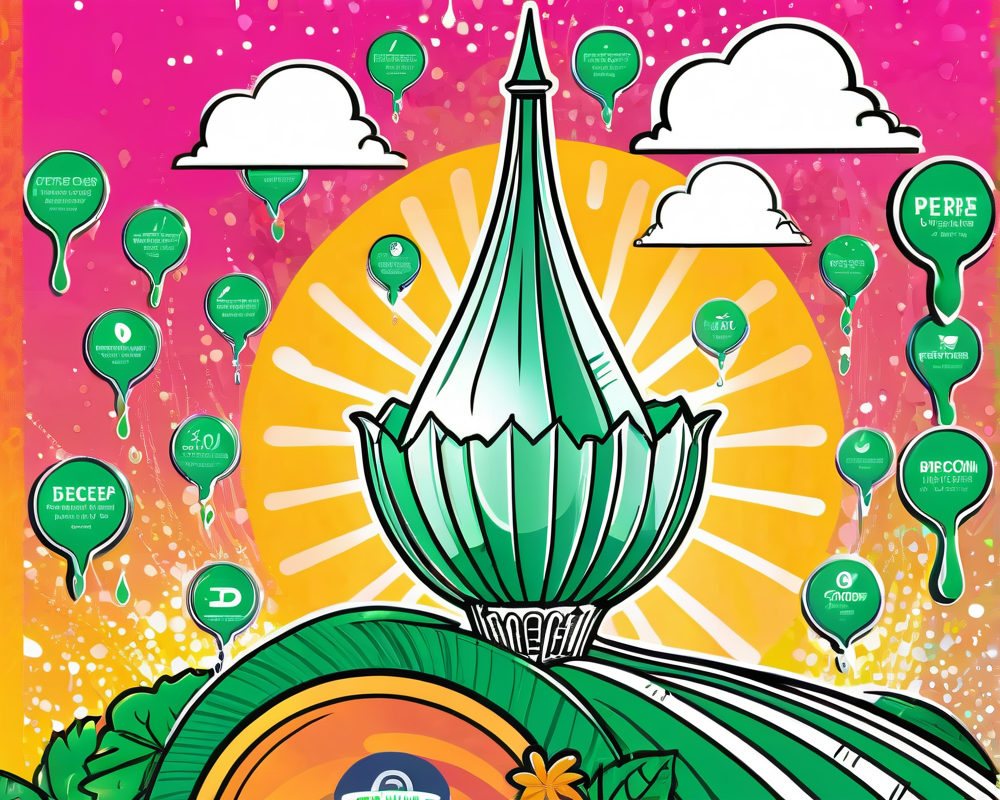The New Norm: Zero Reserve Banking
In March of 2020, the Federal Reserve Board took a monumental step that would ripple through the American banking system: it reduced reserve requirements to zero. This means banks aren’t required to keep any depositor money on hand. What does this mean for you, me, and the guy nurturing his sourdough starter across the street? Well, let’s just say it makes the already precarious fractional reserve banking system look like a house of cards after a windstorm.
Understanding Fractional Reserve Banking
So here’s the breakdown: before the pandemic, banks kept about 10% of deposits in cash. If you stashed $1,000 in your savings account, the bank only needed to hold on to $100—talk about a generous loan policy! They took that sweet, sweet remaining $900 and lent it to your neighbor who desperately needed a new car or your cousin who’s convinced he can flip houses like his Instagram feed suggests. They earn a cozy interest rate on those loans, while you get a measly 0.2% interest on your deposits.
What Happens When Everyone Wants Their Money?
Ah, but there’s a catch! If everyone decides to withdraw their cash at the same time—as was the case with Silicon Valley Bank—you get what we call a ‘bank run.’ In layman’s terms: chaos. The bank simply can’t conjure the cash on demand. When SVB had its moment of reckoning, it was like a ‘what not to do’ episode of a reality show, with the California bank regulator quickly stepping in to save, well, whatever was left.
The Fallout: Assessing the Damage
The S&P 500 could use some serious therapy after the recent bank collapses. Following Silvergate and Signature Banks’ exit from the scene, there’s a rising sense of anxiety regarding regional banks. Specifically, could they also crumble like a poorly baked loaf of bread? Not all banks are created equal, and SVB’s unique deposit structure—where 97.3% of its deposits were uninsured—exposed the risks inherently baked into the banking cake.
The Need for Better Safeguards
Congress has held hearings on fractional reserve banking and its impact, but what’s truly needed is a robust safety net. SVB notably had a whopping $212 billion on its balance sheet—an astronomical figure that Buffets would blush at! If only 2.7% of their deposits were insured, what hope is there for the regular Joe or Jane trying to pull their hard-earned cash?
Could We Be Witnessing the Next Crisis?
Here’s where it gets spicy. If the Fed keeps hiking interest rates to address inflation, could we be setting ourselves up for another episode of ‘Everything Must Go’ sale but for banks? Everyone remembers the housing bubble bursting back in 2008, and history may be ripe for a repeat performance if regional banks imitate SVB. The risk of systemic collapse looms large, especially when the Fed’s quantitative easing measures have the potential to usher inflation back with an audience cheer.
The Road Ahead: Navigating the Uncertain Economic Waters
In conclusion, the Federal Reserve’s actions, much like that infamous band-aid, may just hold back a gushing financial wound for a little while longer. If we see a surge in bank failures, the Fed could end up engaging in yet another round of quantitative easing, which might send inflation skyrocketing like it’s training for the Olympics. So while we sip our artisanal coffees, let’s keep our eyes peeled; the economic rollercoaster may just be approaching its next big drop.




